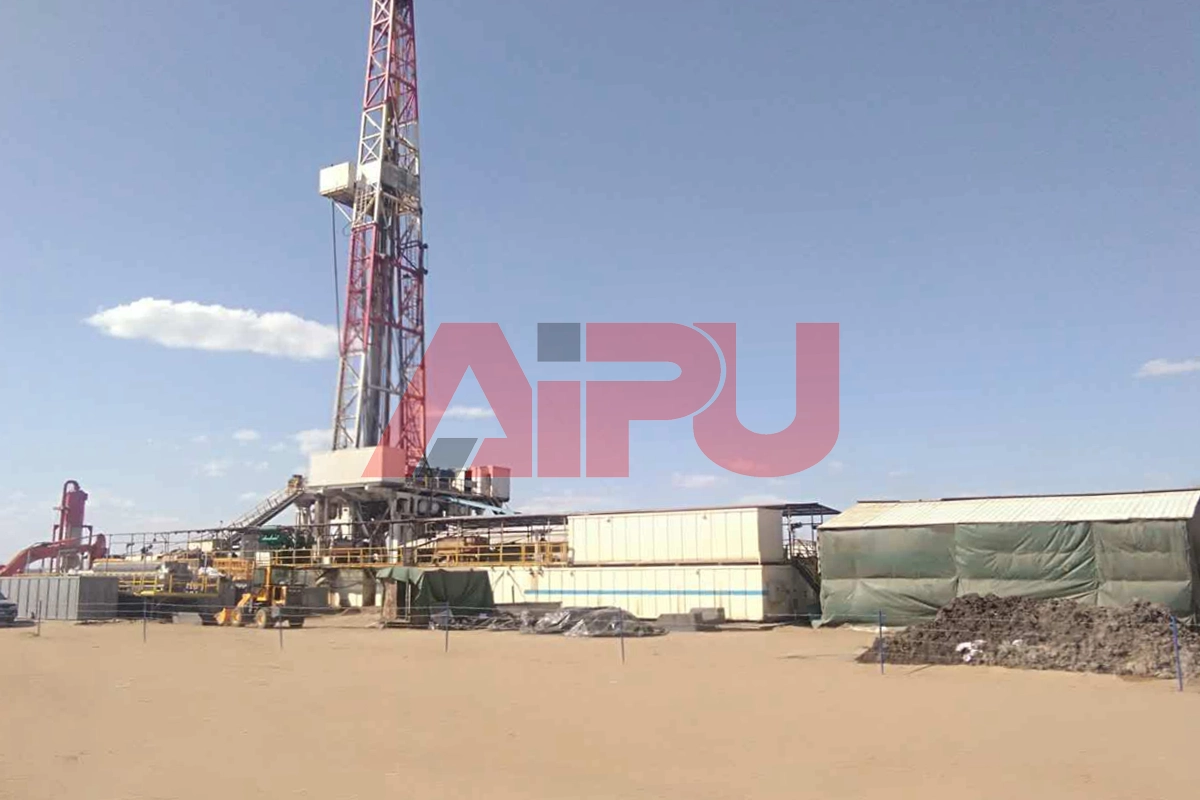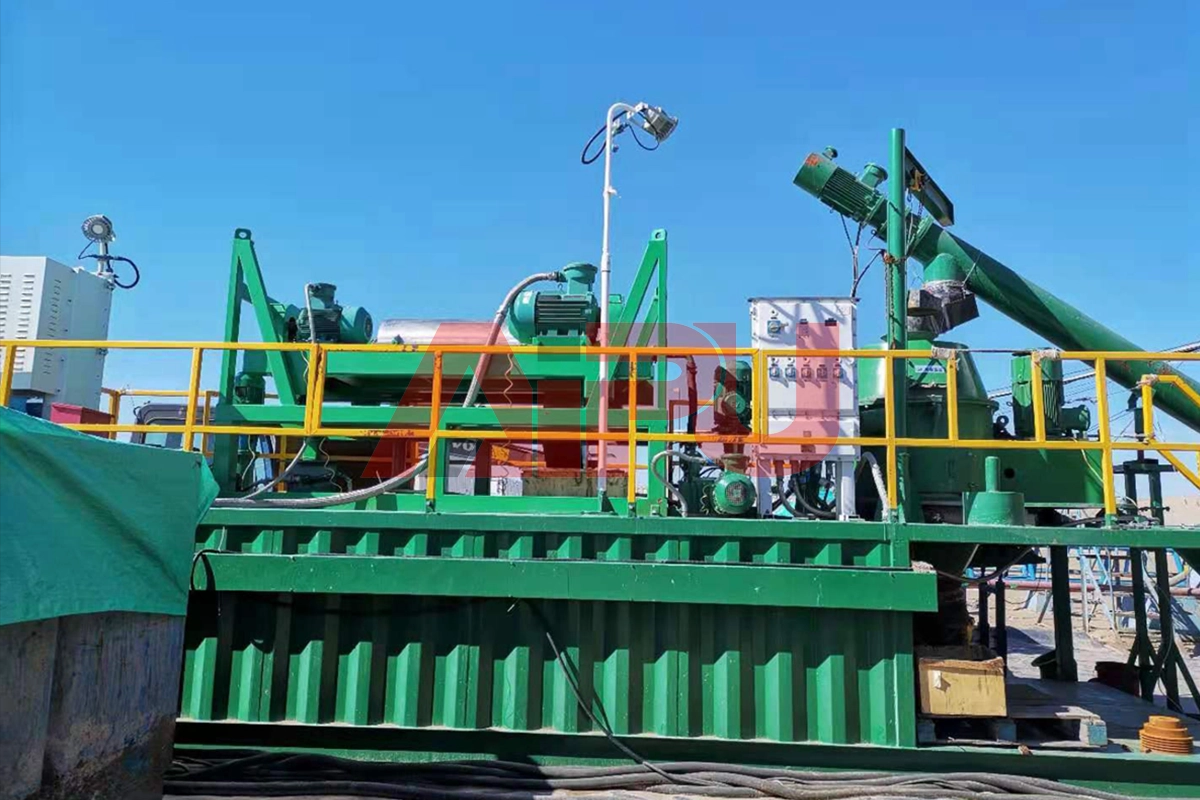It can handle various types of sludge, including oilfield sludge, refinery sludge, tank bottom sludge, etc. The hydrocarbon content after sludge cracking can meet national standards. Ensure that gas does not leak out during the production process, improve thermal cracking efficiency, and fundamentally eliminate safety hazards and secondary pollution caused by gas leakage in the production process.
▌ Process principle
The tire pyrolysis temperature is between 200-600 ℃. The pyrolysis furnace adopts external heating, furnace micro negative pressure, and furnace atmospheric/micro positive pressure lean oxygen pyrolysis process. The furnace body is sealed to ensure that gas does not leak out during the production process, improve the thermal cracking efficiency, and fundamentally eliminate the safety hazards and secondary pollution caused by gas leakage during the production process.
▌ Process Flow
Feeding: Use a forklift to manually guide the tires in the ton pack into the hydraulic feeding hopper. At the same time, the hydraulic feeding is used to continuously push the sludge into the main furnace. After the feeding is completed, the hydraulic feeding machine is pushed out and the furnace door is closed.
Pyrolysis: The heat required for the main furnace is provided by the burner and exhaust gas spray gun. The pyrolysis reactor is controlled at atmospheric/slightly positive pressure, with a reaction temperature below 600 ℃. Pyrolysis is carried out in a closed and oxygen free state. Produce fuel oil, combustible gas, and solid slag products.
Condensation: High temperature pyrolysis oil and gas are liquefied into fuel oil through an oil passage condenser (with circulating water as the cooling medium) and stored in an oil storage tank. A small amount of non condensable gas can be used as fuel for heating the main furnace after water seal purification and pressure stabilization.
Combustible gas treatment: Combustible gas is transported to the main furnace and supplied with oxygen by a blower for combustion, providing heat for the main furnace pyrolysis process. If there is surplus combustible gas entering the exhaust system for combustion, it cannot be directly discharged.
Flue gas treatment: The high-temperature flue gas in the main furnace is treated with desulfurization
▌ Application Effect
The high-temperature flue gas in the main furnace is treated with a desulfurization and desulfurization device to remove some harmful substances from the flue gas and discharge standard exhaust gas
The solid slag generated after pyrolysis is cooled by a water-cooled spiral slag extractor (with circulating water as the cooling medium) and transported out of the main furnace. With the use of water-cooled spiral slag extractor, rapid slag removal can be achieved. Further save time.
▌ Features and Advantages
The size and shape of the reactor door can be customized to meet various feeding needs such as direct feeding, spiral feeding, hydraulic feeding, etc., providing more diverse and convenient feeding methods.
We can provide oil sludge pyrolysis equipment, oil distillation, and back-end processing, as well as full process production line equipment and services.
Different main furnace materials such as Q245R, 304 stainless steel, 310S stainless steel can be selected according to the process environment requirements for processing raw materials.
Skid mounted structure (small equipment), three in one module design, etc., simplify on-site installation
▌ Customizable Projects
There are multiple device models to meet different processing capacity requirements, which can be selected according to needs




